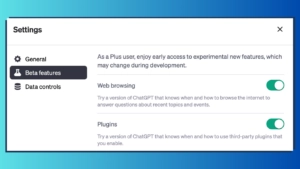The Future of Cities is Smart Cities
After Abraham Lincoln approved of the creation of the Intercontinental Railroad, the lives and deaths of cities were determined by who connected to that railroad and who chose to have it bypass them. Jesse Berst, Chairman of the Smart Cities Council, believes that the adoption of the smart cities infrastructure will create similar outcomes. The earlier cities become smart cities, the more likely they will survive to the end of the century.
Berst points out that transforming a city into a smart city is no small thing. He says it’s going to be a 20-30 year process that will have to take places in stages in each and every city that chooses this path. Cities will need a particular ICT architecture, and they will need to ensure there is API access to share different functions across departments and with the citizenry. It will require services being provided by digitization rather than by phone calls or face-to-face.
Smart cities will require a combination of Internet of Things (IoT) technologies with four components: collect, communicate, compute, and control. There will have to be sensors, including traffic, environmental, cameras, and so on, that communicate to devices and servers that compute, predict, and engage in real-time optimization, and then communicate that information back so a traffic light can change, a water pump can be turned on, or someone can be sent out. But this is a process that will be more than worth the investment.
One reason is that entrepreneurs and established businesses alike simply will not build their businesses in cities where there isn’t a strong smart city infrastructure. Amazon is looking only at cities that are in the process of transforming themselves into smart cities. And businesses are not the only ones looking to benefit from these changes. As Berst points out, “If you have a disadvantaged population with bad transit and a food desert, if you can provide a state of the art mass transit system seamlessly connected to a system will give them better opportunities.”
Berst gives the example of a program in Los Angeles. In LA they are combining social services, schools, and healthcare services data to track child abuse more effectively and efficiently. The result is that CPS can now intervene a year or two earlier than before—and this is something that can save lives. LA is also tracking students to learn who is most likely to drop out of school, allowing the schools to intervene earlier and reduce the dropout rate.
The smart cities movement is a pan-city phenomenon. It requires development in stages. And it requires full integration across city departments. The silos of the past must have their walls torn down for a city to be a truly smart city. Berst has nigh hopes for the future of our cities—at least, he has high hopes for those cities whose leadership is smart enough to make their cities smart.







